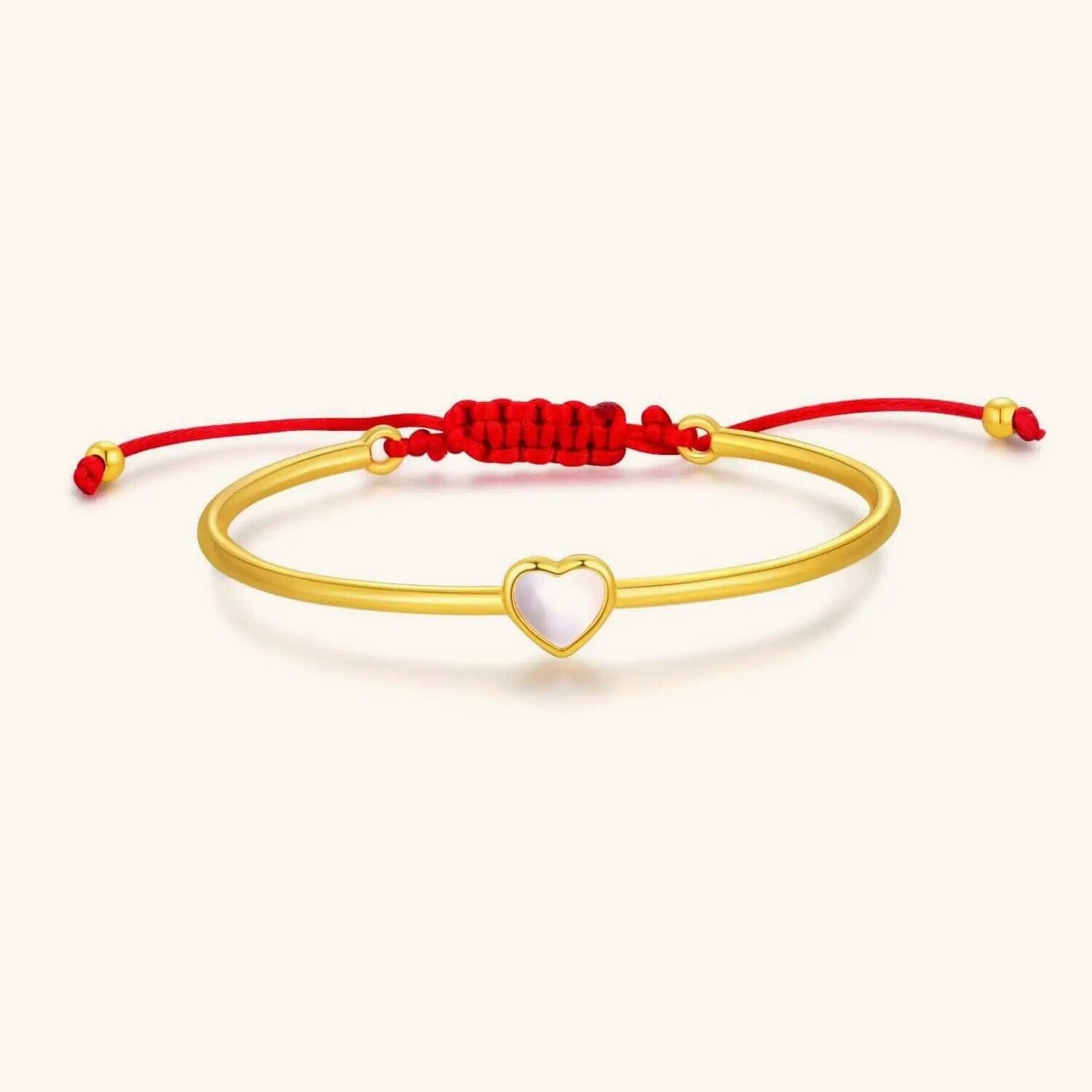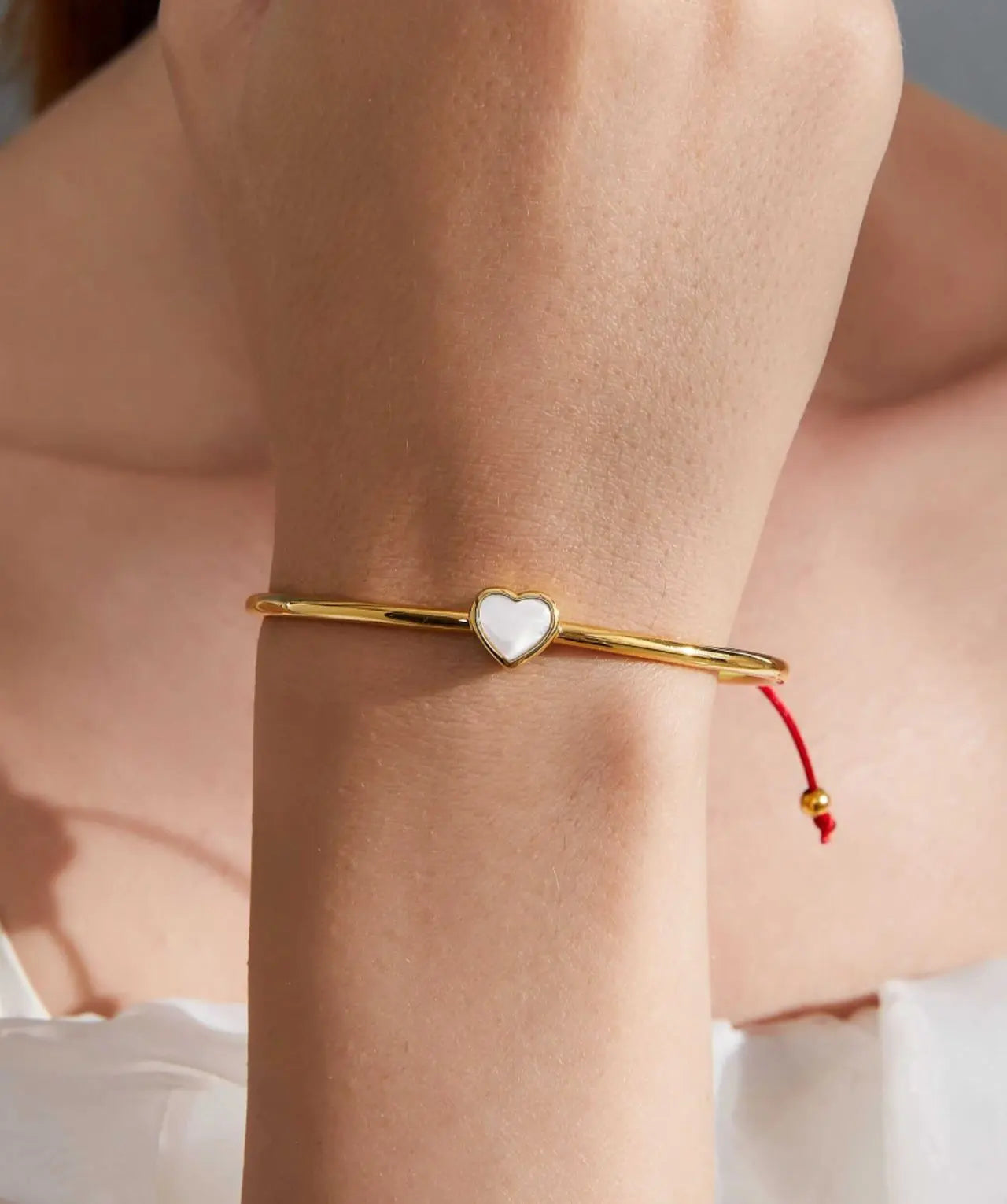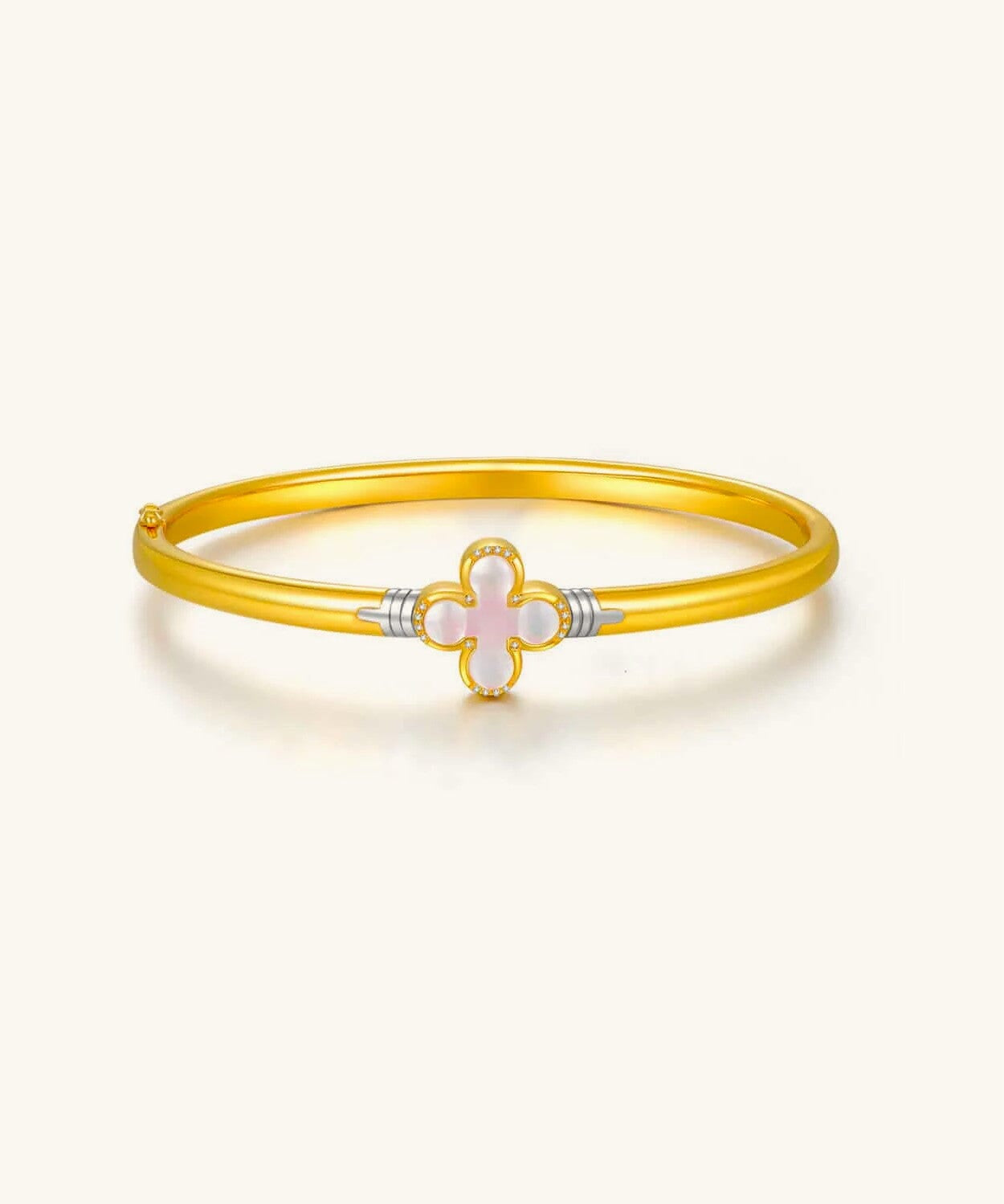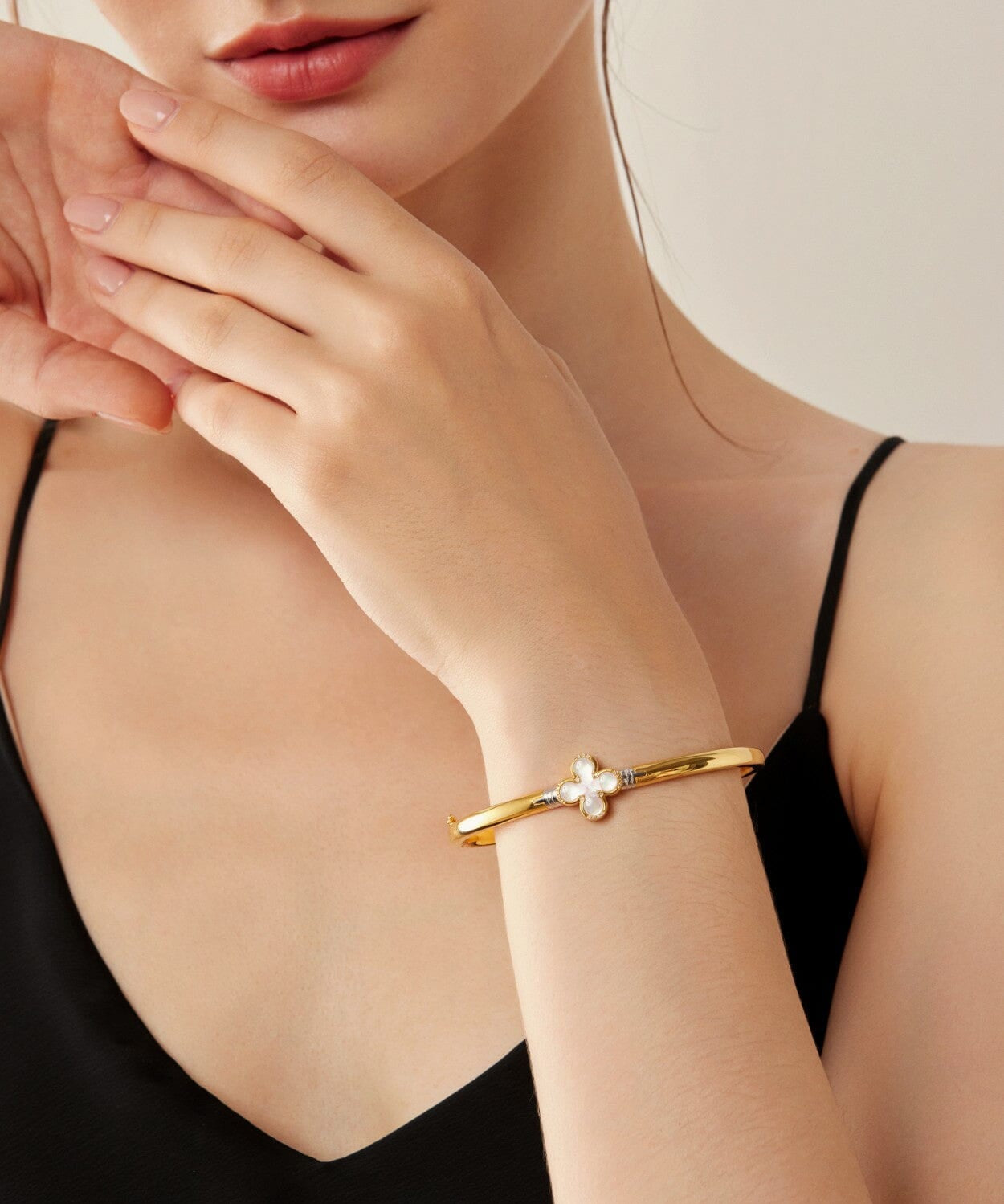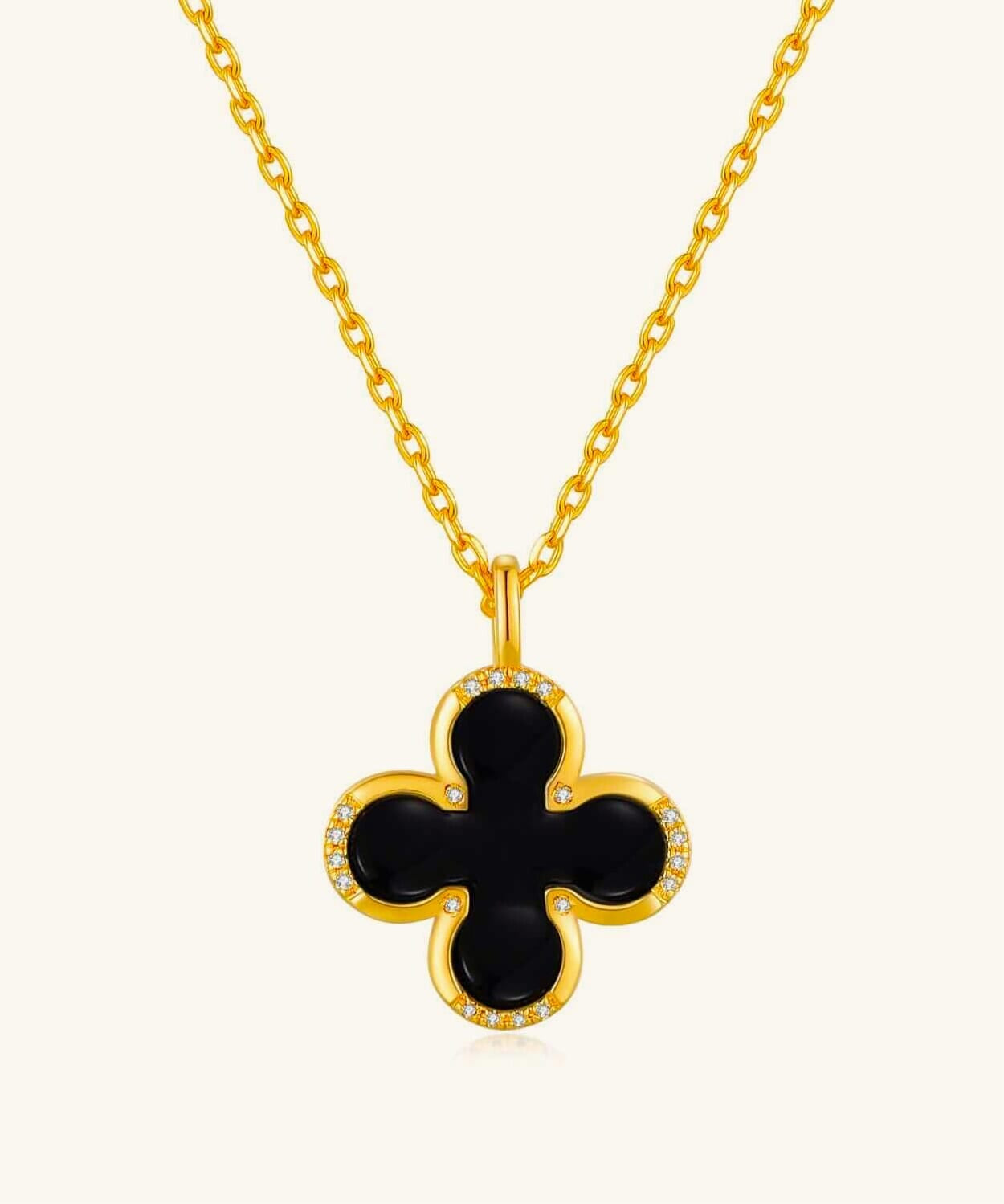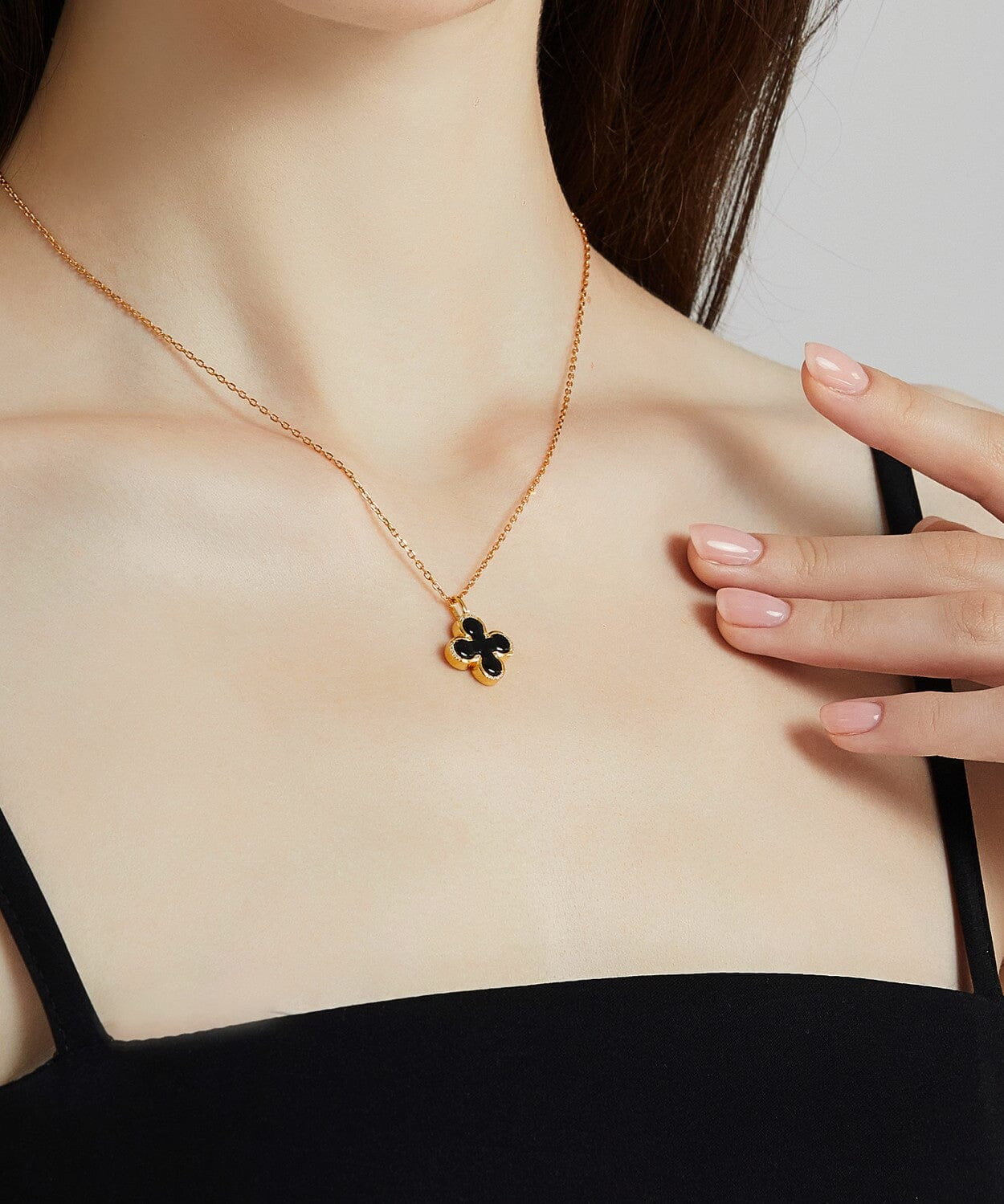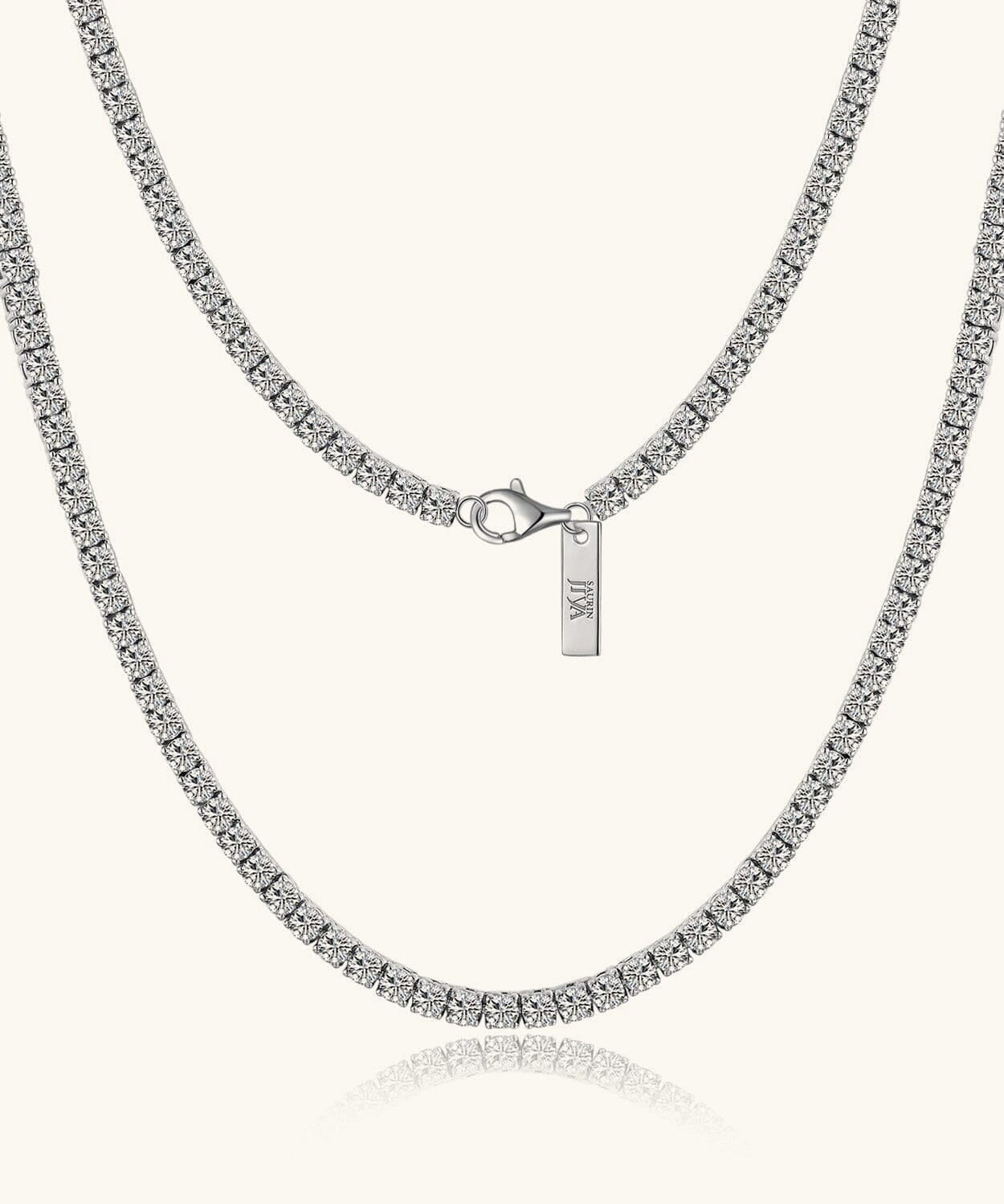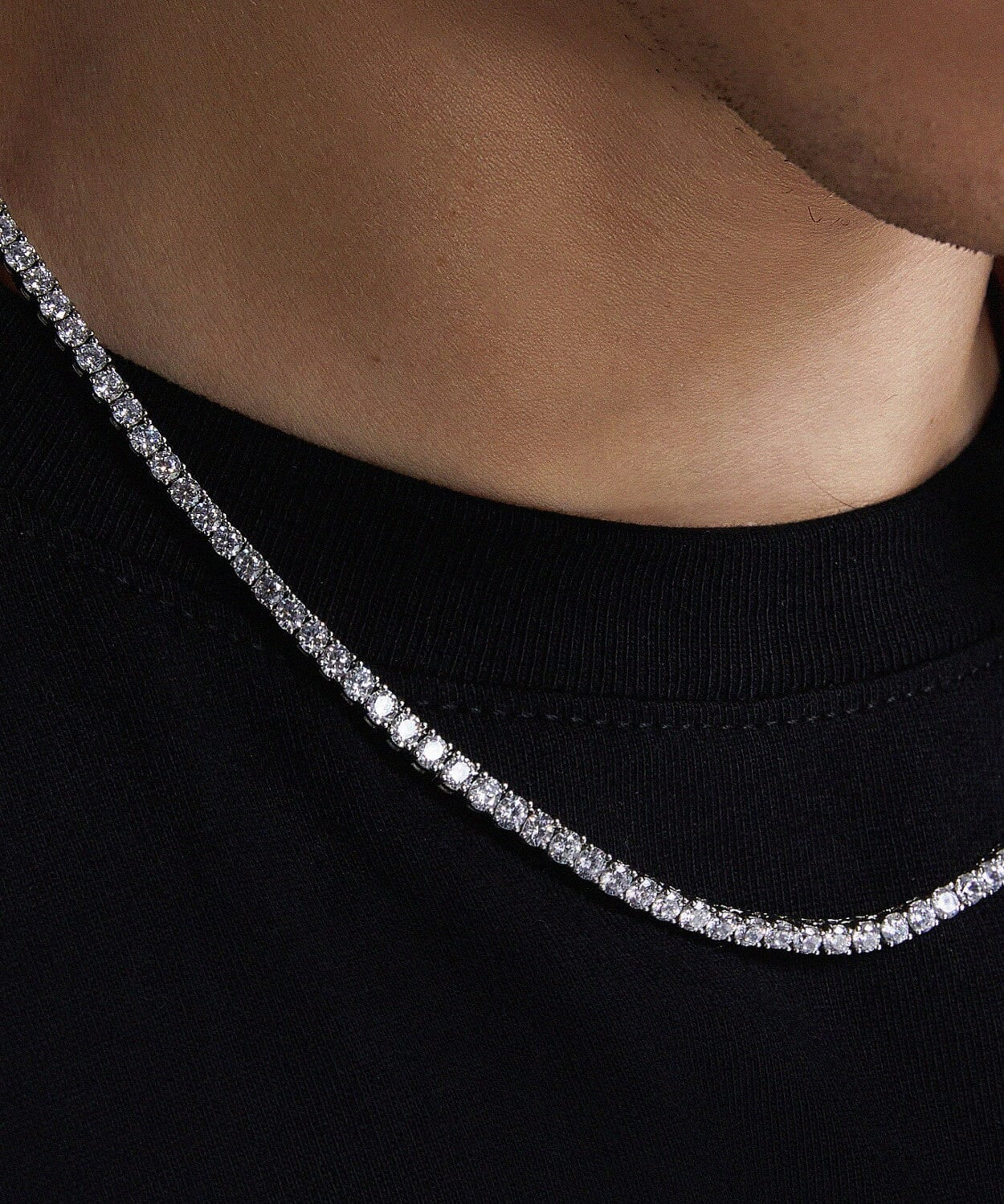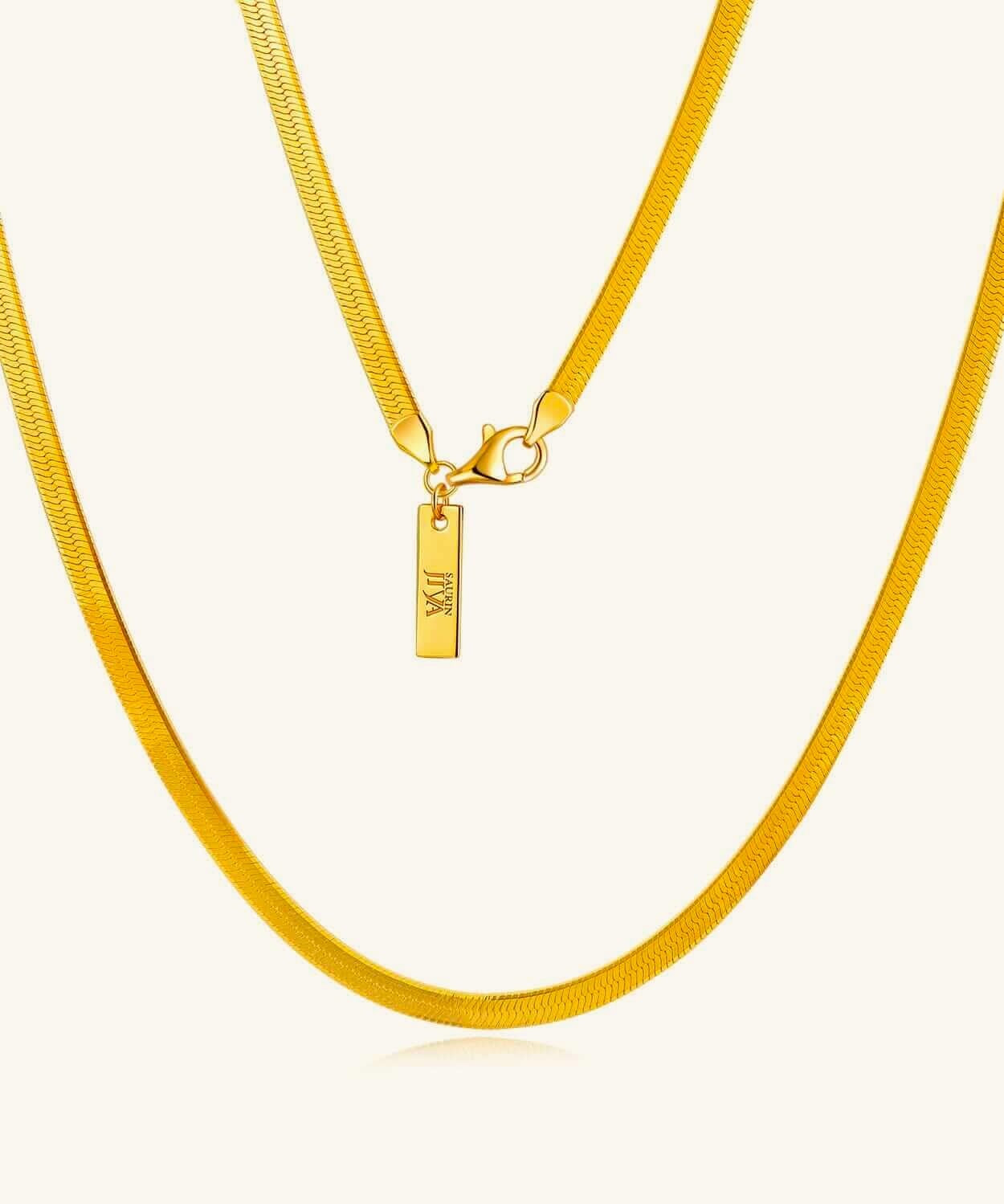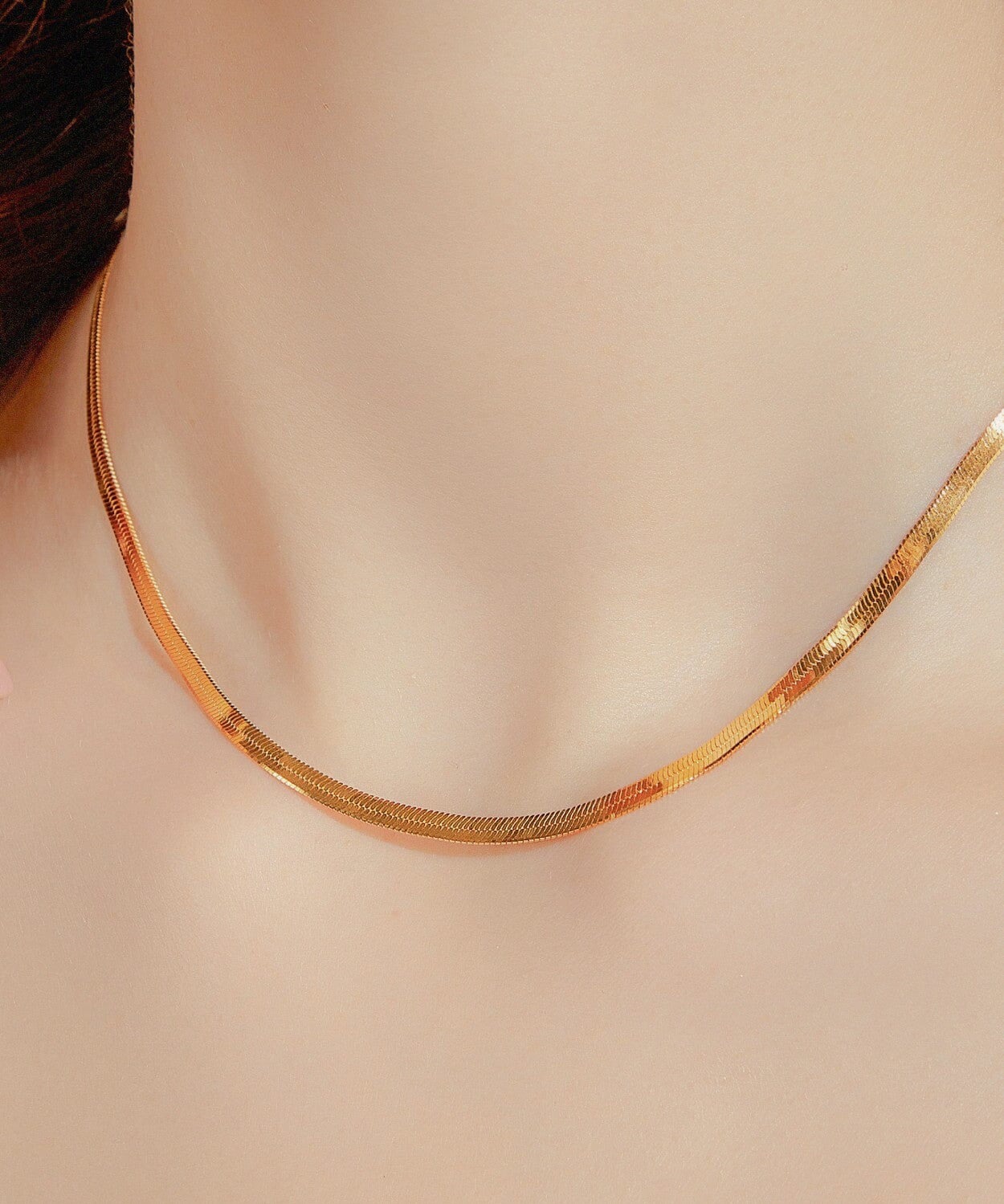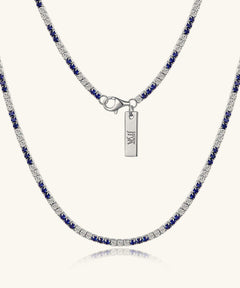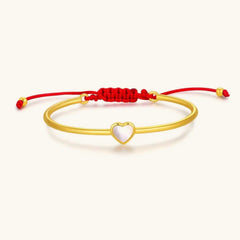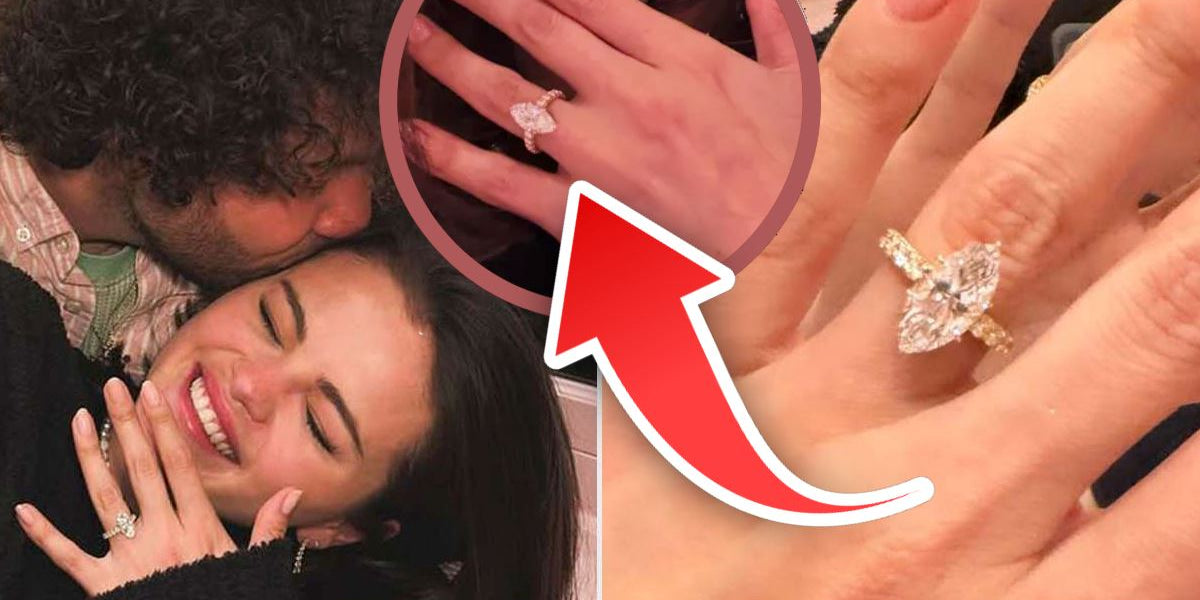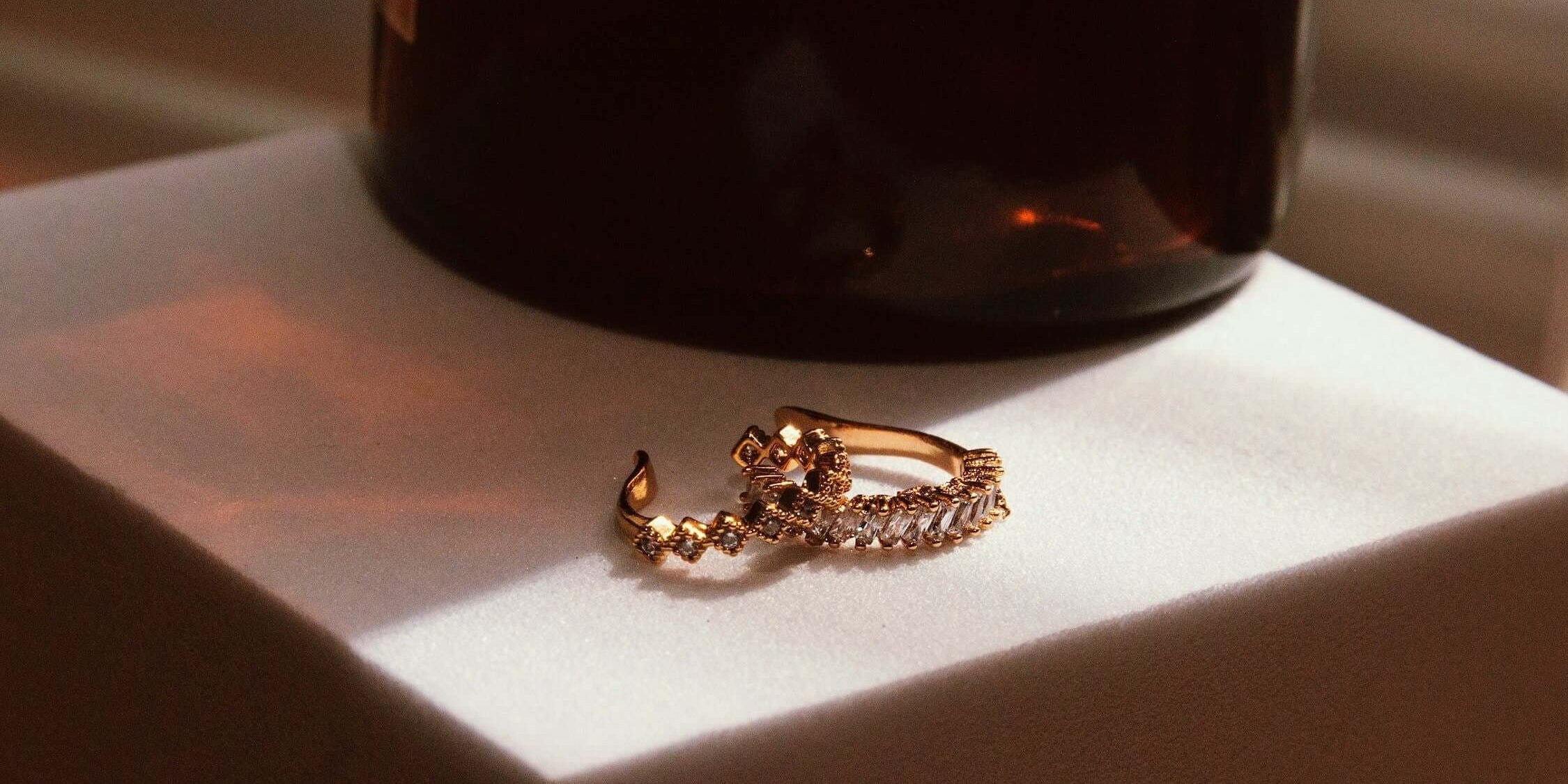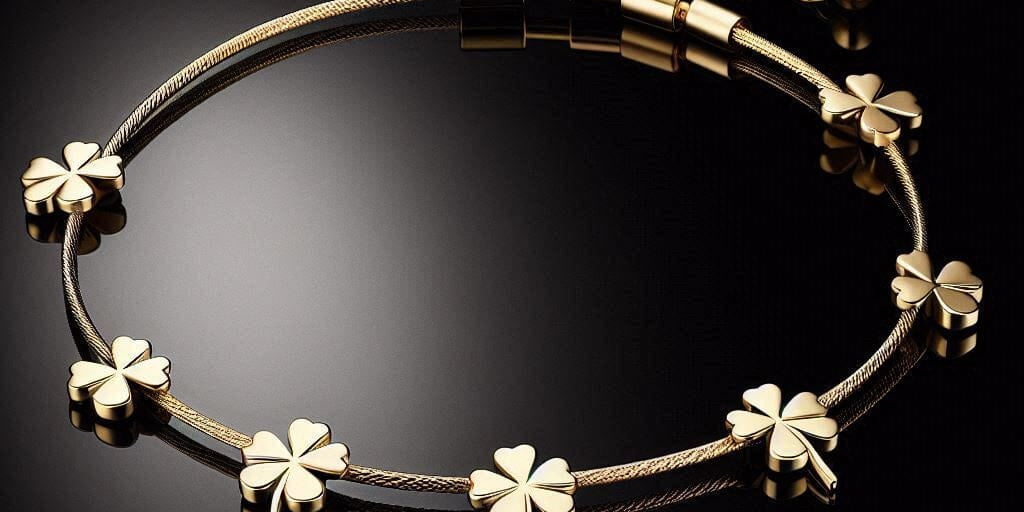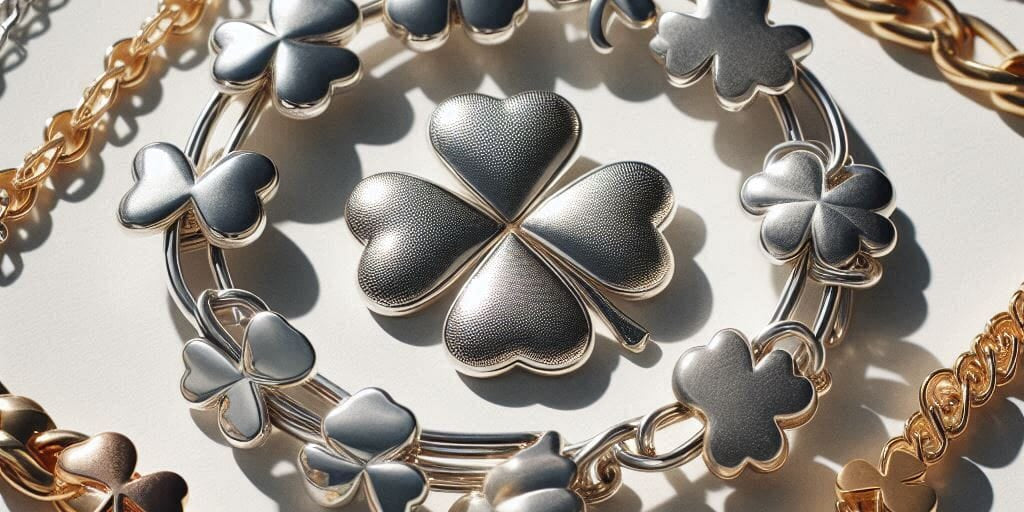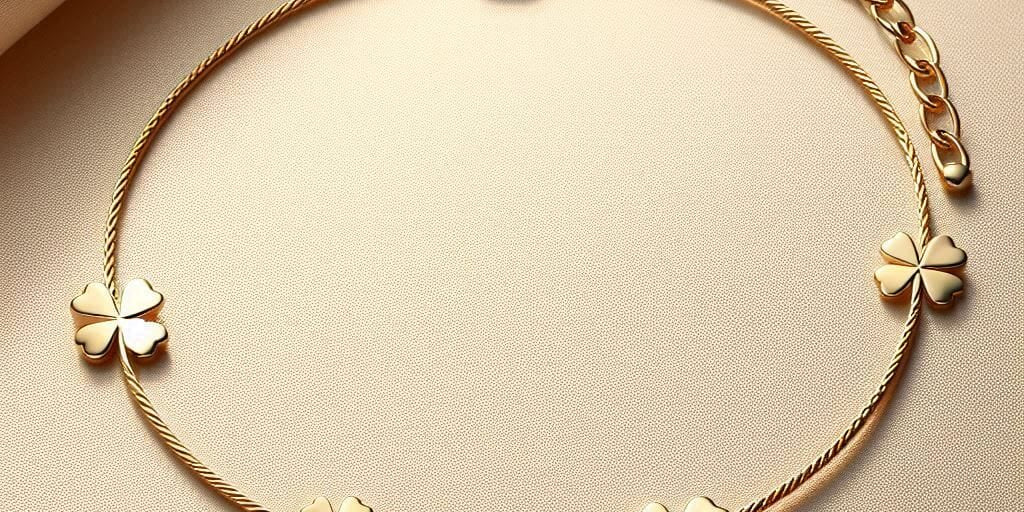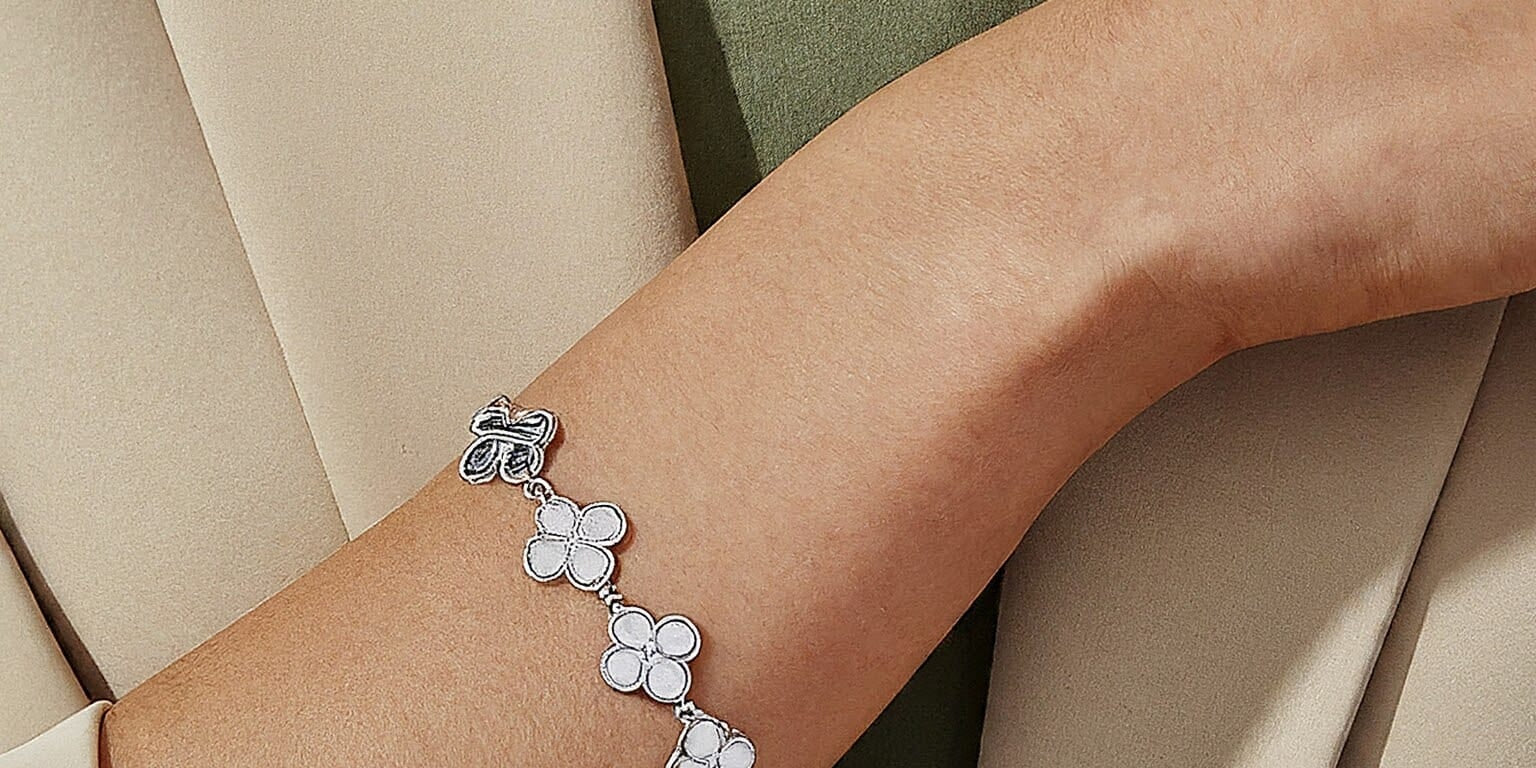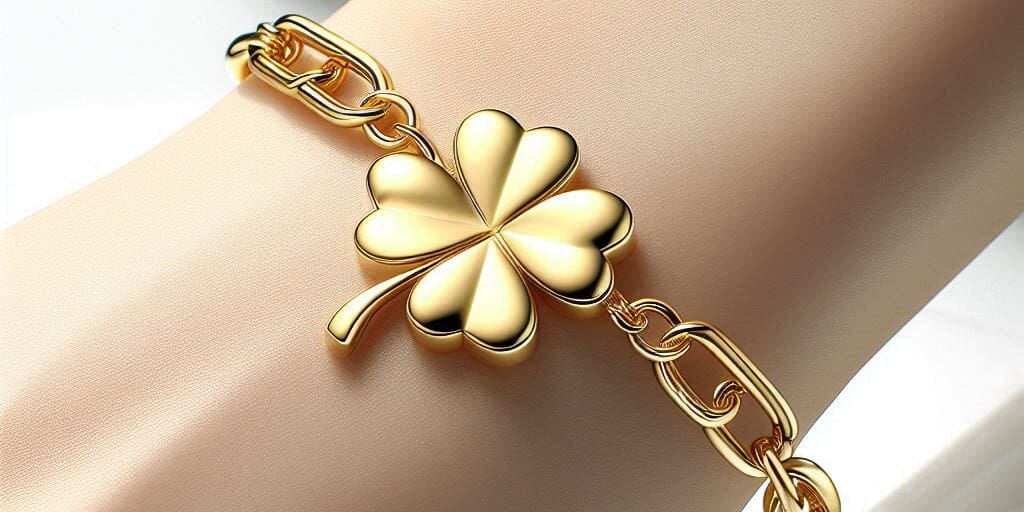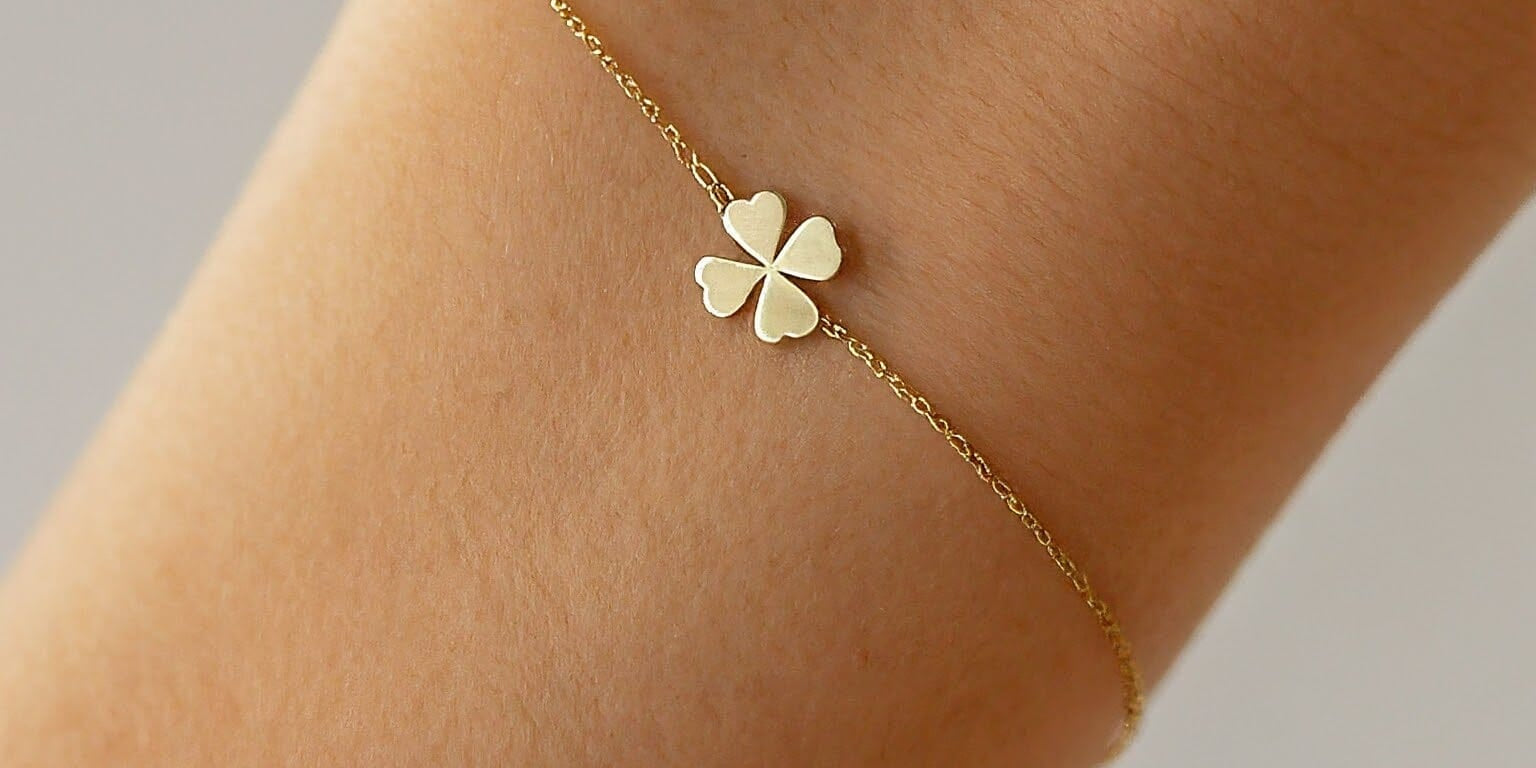Imagine a sterling fortress clad in a golden armor; the regal facade endures, enduring the relentless sieges of time and elements. Much like this bastion, gold-plated sterling silver jewelry presents an illustrious outer barrier meant to withstand tarnishing, yet the longevity of its lustrous appearance remains subject to the environment beneath the gilded surface.
Care is the key.
Despite its noble coating, the silver underneath is prone to oxidize when exposed to air and moisture, leading to potential tarnish behind the gold plating over time.
Understanding Tarnishing
Tarnishing is, fundamentally, a chemically induced alteration of a metal surface, engendered by the reaction with sulfur-containing substances in the air, resulting in a typically undesired discoloration. Precious metals like silver are particularly susceptible to this phenomenon, leading to a loss of sheen and the appearance of a dull, grayish layer. This is a natural and expected process but can be mitigated with proper care.
In the context of gold plated sterling silver, we're dealing with a "sandwich" of materials. There's a core of sterling silver—a silver alloy consisting of 92.5% pure silver and 7.5% other metals, usually copper—coated by a thin layer of gold. With time, the protective gold layer can wear thin, opening a gateway for sulfur compounds to interact with the silver. When the silver begins to tarnish beneath the gold, it may not be immediately visible, but the integrity of your piece may be compromised.
Causes of Tarnish
Gold plated sterling silver, despite its lustre, is not impervious to tarnishing. Chemical reactions catalyze this process, particularly involving sulfur-based compounds in the environment.
Exposure to pollutants and everyday substances leads to a breakdown called "tarnish". This phenomenon is a dulling of metallic surfaces, evocative of decay yet preventable with proper maintenance.
Gold alloys can tarnish, but pure gold remains remarkably resistant to such chemical changes.
Factors such as humidity, contact with skin oils, and exposure to household chemicals accelerate the tarnishing process. Over time, even gold plating cannot fully shield the sterling silver underneath from these external aggressors, leading to discoloration. It's essential to maintain a barrier of care.
Gold Plated vs. Pure Sterling Silver
Gold plated sterling silver offers the opulent appearance of gold at a more affordable price point, but it has distinct differences from pure sterling silver in terms of composition and longevity.
While pure sterling silver consists of 92.5% silver, gold plating is a thin layer of gold over silver.
The underlying sterling silver in gold-plated pieces is prone to tarnishing, particularly if the gold layer wears thin.
Gold plating may enhance aesthetic appeal, but it doesn't match the inherent tarnish-resistance of pure sterling.
Choosing between gold plated and pure sterling silver depends on factors like budget, aesthetic preference, and the importance placed on durability and maintenance requirements.
Ultimately, the decision to choose gold plated over pure sterling depends on the wearer's priorities. Both have unique attributes and require different levels of care to maintain their luster.
Durability of Gold Plating
The durability of gold plating on sterling silver is finite, it must be acknowledged. Typically a few microns thick, this layer, while providing the warm hue of gold, does not endure indefinitely. Friction, exposure to chemicals, and the acidity of an individual’s skin can precipitate the degradation of this fine coating, revealing the susceptible silver beneath. As such, gold-plated jewelry requires a considerate and gentle approach to maintenance and wear to ensure its longevity, as vigorous use may accelerate the tarnishing process.
Thickness and Wear
The thickness of gold plating directly influences its resilience to wear. Thinner layers succumb to friction more quickly, leading to expedited tarnishing. It is essential to discern the plating specification when purchasing.
In jewelry parlance, gold plating can range from 'flash plating' to more substantial, 'heavy gold plate'. The former may wear off swiftly with everyday use, diminishing the piece's lustre and protective capabilities, necessitating frequent care.
To mitigate wear, understanding the plating's microns is critical. The Federal Trade Commission defines criteria for gold plating thickness; 'vermeil', for instance, requires at least 2.5 microns of gold over sterling silver. Adhering to such standards ensures longer-lasting adornments.
The manner in which jewelry encounters everyday elements has a pronounced impact on its durability. High-touch areas on rings or bracelets typically demonstrate accelerated wear when compared to less disturbed items like pendants or earrings.
To prolong the beauty of gold plated sterling silver, consumers should opt for thicker plating when possible. This preventive measure, coupled with careful wear, can significantly enhance the longevity of such beloved pieces.
Lifespan of Gold Plated Jewelry
Gold plated jewelry's durability varies, with factors like usage, care, and initial plating quality playing key roles in its longevity. Precious ornament enthusiasts must know that even high-quality plating can suffer from inevitable wear and tear, highlighting the need for proactive maintenance.
Thin gold layers, unfortunately, fade more rapidly than their thicker counterparts. The latter offers a longer-lived façade that resists daily aggressions.
Consequently, when selecting gold plated pieces, look for vermeil or heavy plating options. These choices are more adept at withstanding the rigors of everyday life, thus preserving the jewelry's aesthetic appeal.
Proper storage, gentle cleaning, and avoiding harsh chemicals prolong the shine of gold plated jewelry. Avoiding excessive friction on the gold surface is also crucial in maintaining the initial radiance for years to come.
Caring for your jewelry by keeping it dry and clean, and removing it during strenuous activities, can prevent premature tarnishing. The meticulous attention to these details can remarkably extend the life of your gold plated treasures.
Ultimately, the secret to maximizing your gold plated jewelry's lifespan lies in understanding its delicate nature. Embrace a routine of gentle care, and it will reward you with extended periods of sparkling beauty.
Maintenance Essentials
To preserve the brilliance of gold plated sterling silver, it is imperative that one adopts a meticulous approach to maintenance. Frequent inspections for signs of wear or tarnish should be standard practice, especially after exposure to potential tarnishing agents. It is recommended to gently wipe the jewelry with a soft, lint-free cloth after each wear to remove oils and other residues. For more thorough cleaning, use a solution specifically designed for gold plated silver, and always ensure your cherished pieces are completely dry before storing. Separate storage in airtight containers, possibly with anti-tarnish strips, can significantly slow down the tarnishing process. Equally, the dedicated use of soft pouches or divided jewelry boxes can prevent scratches that may compromise the integrity of the plating. Remember, the time and care you invest in maintaining your gold plated sterling silver is directly proportional to the duration of its lustrous appearance.
Regular Cleaning Practices
Regular cleaning is crucial to maintain the lustre of gold plated sterling silver. As the plating is only a thin layer, it is susceptible to tarnish over time, and certain substances like oils, perfumes, and even perspiration can accelerate this process. Thus, after each wearing, it is advisable to wipe the jewelry gently with a soft, dry cloth.
When it comes to maintaining the beauty of your pieces, the method of cleaning is paramount. Utilize a cleaning solution that is specifically formulated for gold plated items. For the best results, immerse the jewelry briefly, then use a soft-bristled brush for hard-to-reach places. Rinse thoroughly with lukewarm water, and dry with a microfiber cloth. It is critical to avoid abrasive materials that could potentially strip away the gold layer and expose the silver underneath, which is prone to tarnish.
Moreover, it is beneficial to periodically conduct a more thorough cleaning to ensure the longevity of the plating. For this, an ultrasonic cleaner should be avoided as it can be too harsh. Instead, opt for professionally designed polishing cloths and cleaning solutions that do not contain any harsh chemicals or abrasive elements. This will help to maintain both the cleanliness and the integrity of the gold plating.
Lastly, it is wise to have your jewelry professionally cleaned occasionally. Jewelers often possess advanced techniques and materials that can restore the original splendid shine without compromising the delicate gold layer. Relying on expertise can extend the life of your jewelry and ensure that it remains a sparkling addition to your collection. It's a modest investment for preserving the intrinsic value and aesthetic of your cherished pieces.
Proper Storage Solutions
To thwart tarnish, proper storage is an elemental tactic. Stow your jewelry in a cool, dry place.
Anti-tarnish strips or cloths can work miracles in extending the vibrancy of gold-plated sterling silver. These specialized materials absorb sulfides in the air, which can precipitate tarnish.
Compartments and dividers are your allies; they prevent pieces from rubbing against each other, which might damage the delicate gold surface. Opt for a jewelry box lined with a soft fabric that provides a kind buffer for your pieces.
A consistent humidity level is vital – excess moisture is the nemesis of silver beneath the gold. Desiccants or silica packets in your storage area help in maintaining an optimal environment.
Remember, enveloping jewelry in a protective sheath, such as a pouch or fabric-lined box, shelters it from external threats and upholds its lustrous appearance.
Longevity Tips for Gold Plated Jewelry
Regular cleaning is essential; use a soft cloth to gently remove any oils or residues.
When engaging in activities like exercise or cleaning that involve chemicals or excessive sweat, remove your jewelry to avoid exposure. The acidic elements and corrosive substances can swiftly erode the gold layer, leaving the silver underneath vulnerable.
Lastly, avoid contact with perfumes and lotions, as these can hasten the tarnishing process.
Avoiding Chemical Exposure
Chemicals are the archenemies of gold plated sterling silver, leading to rapid discoloration and degradation.
- Avoid wearing your jewelry during activities like cleaning, swimming, or exercising, where exposure to harsh chemicals or chlorine is inevitable.
- When applying lotions, perfumes, or hairspray, ensure that these substances have dried before donning your jewelry.
- Remove your jewelry before engaging in tasks that may expose it to corrosive materials, such as gardening or handling batteries.
- It's prudent to wear protective gloves when using household cleaners, even if you aren't wearing your jewelry, to reduce the risk of transferring residue later.
Simple precautions can significantly prolong the life and beauty of your gold plated pieces.
Understanding the types of chemical interactions that can harm your jewelry is key to its care.
Professional Care Recommendations
When considering the longevity of gold plated sterling silver, it's imperative to integrate routine professional check-ups, much like servicing a prestigious timepiece. These visits allow jewelers to assess the condition of your piece, performing necessary cleaning or repairs that can maintain the plating's integrity and appearance.
Engage only with reputable jewelers when seeking services. The expertise offered by seasoned professionals is invaluable in preserving your jewelry's luster.
Regular professional cleaning is recommended, ideally every six months, to remove build-up that your at-home care cannot address. This can ensure the vibrancy of your piece and identify any potential issues early.
When re-plating becomes necessary, trust only skilled artisans. The delicacy of the process requires a steady hand and a meticulous approach, ensuring a uniform and durable layer is applied.
Should repair be required, consult with your jeweler promptly. Delays in addressing issues could exacerbate wear, resulting in potentially irreversible damage to the valuable gold plating or the sterling silver beneath.
Ultimately, even the most careful owner's pieces may incur wear. Timely professional intervention can repair and rejuvenate your jewelry, ensuring it continues to shine and captivate for years to come.
